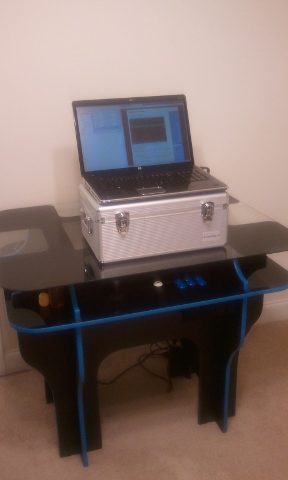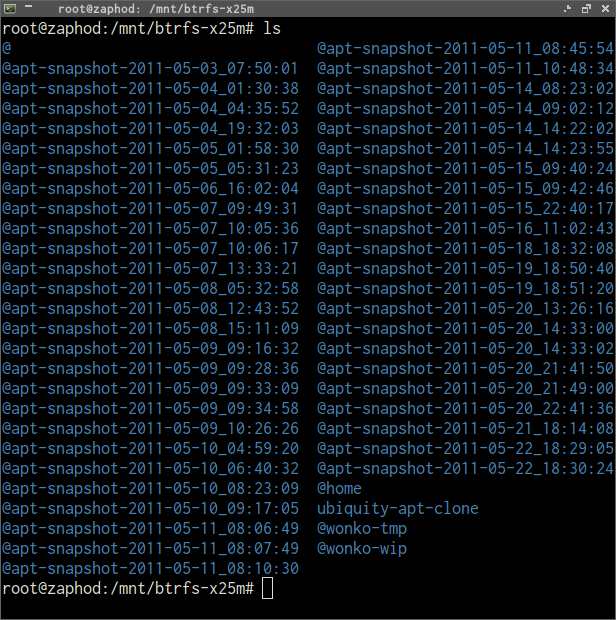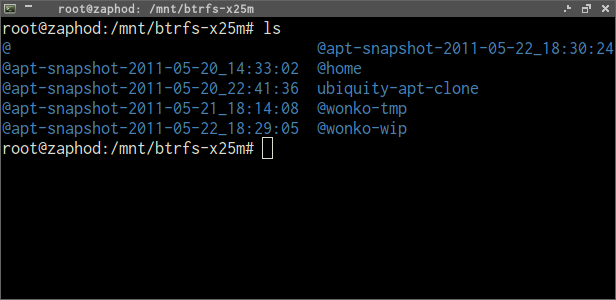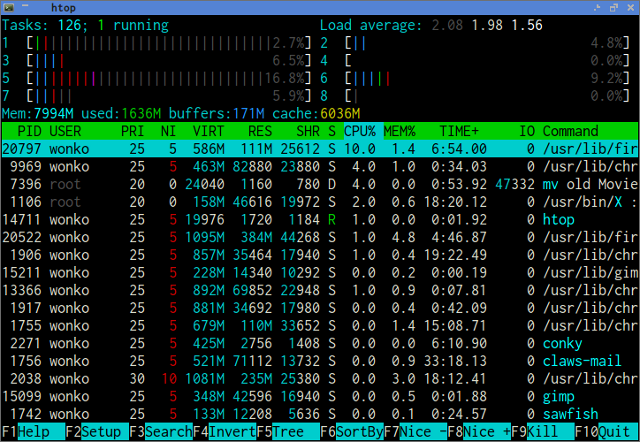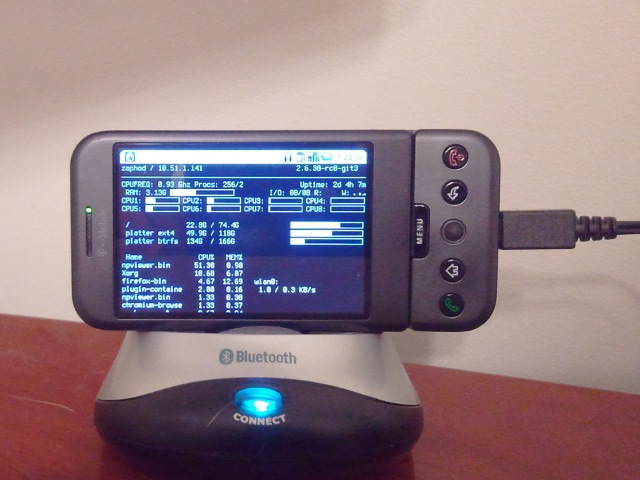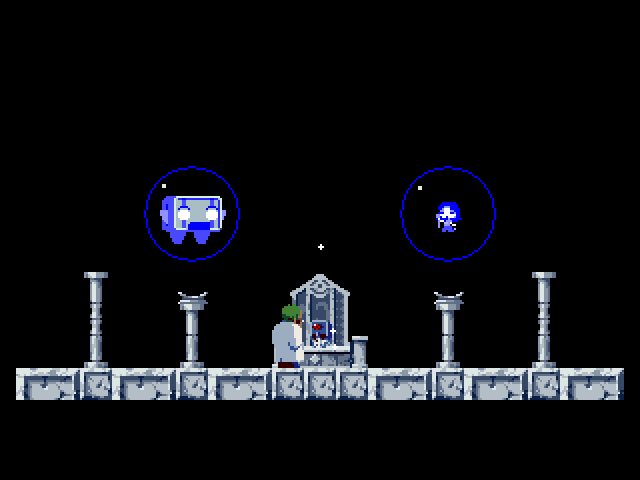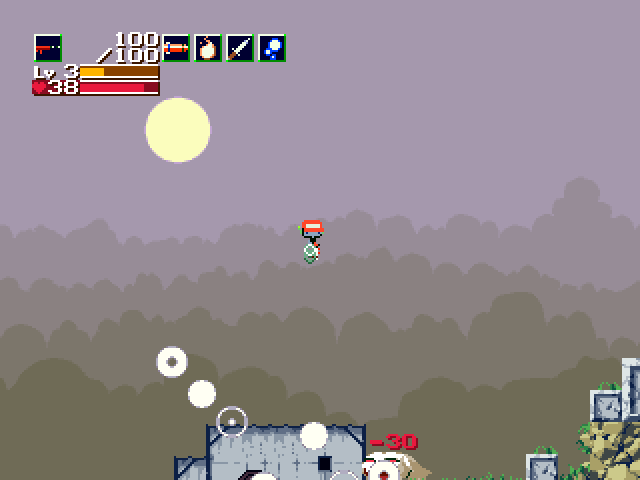Nearly every piece of hardware in my laptop has worked fine, more or less, with Linux since I bought it early in 2010. There is only one minor bug that I am aware of, and it has been a minor nuisance the entire time: ACPI is unable to read the discharge rate of the battery.
This hasn’t really been that big of an issue for me. The battery only lasts about two and a half hours anyway, and there is no trouble reading the current charge left in the battery. I was hoping I’d eventually luck out and a kernel upgrade would magically start seeing the discharge rate. I’m up to 3.0-rc3, and still no luck there.
I didn’t have any reason to attempt to fix this problem until yesterday. I installed a copy of the latest and greatest development version of Powertop, version 1.98. The new version looks very promising. I was interested in trying the new calibration feature. It looks like it does things like cycle your LCD brightness, perform disk I/O, and stress the CPU a bit while monitoring power usage. This doesn’t seem to work so well if Powertop is unable to read the battery discharge rate.
My DV8T has a quad core i7 processor and the BIOS version was F.11. I bought two more DV8T laptops last summer, one for each of my parents. Theirs have Core 2 Duo processors. Luckily for me, I have a VPN between here and my parents’ house. I was able to ssh into my mother’s laptop and take a look around. She has BIOS version F.24, and ACPI has no trouble reading the discharge rate.
Updating the BIOS
I rarely update the BIOS on my machines. As far as I’m concerned, if it ain’t broke, don’t fix it. I decided that, in this case, if it seemed to be working on another very similar machine (with the same BIOS), that it was worth giving it a shot.
Here’s the rub. HP’s flash utility only runs on Windows. I don’t have Windows installed anywhere here at home. I probably have an old Windows XP CD squirreled away somewhere, but I have no idea where it is. I’m disappointed that they don’t have a DOS utility like most of their competition does. It isn’t a deal breaker. I’d still buy another laptop like this; I don’t often want to flash the BIOS on any of my laptops.
I tried a BartPE boot disk, and it blue screened. I ended up downloading the Windows 7 Enterprise 30 day trial from Microsoft and I installed it on an old spare laptop drive. This part of the journey is pretty uninteresting. Windows 7 installed just fine, and the BIOS flashed with just a few clicks.
Total waste of time
I’m up to BIOS version F.25. Here is the result:
wonko@zaphod:~$ cat /proc/acpi/battery/BAT0/state
present: yes
capacity state: ok
charging state: discharging
present rate: unknown
remaining capacity: 4640 mAh
present voltage: 16434 mV
wonko@zaphod:~$ cat /sys/class/power_supply/BAT0/current_now
cat: /sys/class/power_supply/BAT0/current_now: No such device
wonko@zaphod:~$
Note the present rate: unknown and the No such device. I’m guessing this ACPI problem only exists on the Core i7 DV8T laptops. At least I got to see how much the Windows install process has (and hasn’t!) changed between Windows XP and Windows 7, for whatever that is worth…
